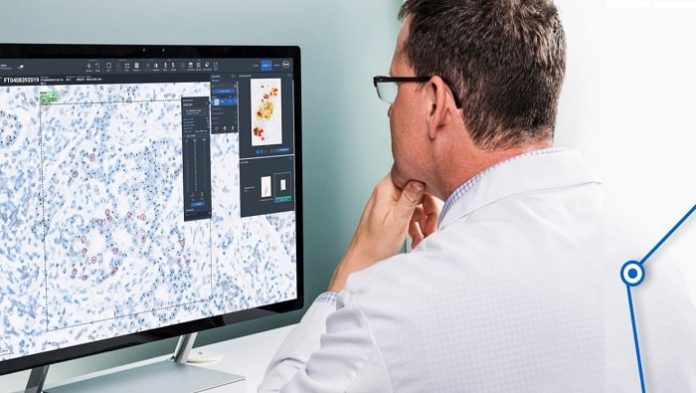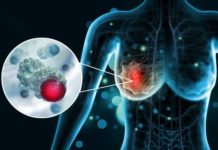The two new automated algorithms, uPath HER2 (4B5) image analysis and uPath Dual ISH image analysis, will help pathologists decide on the best treatment strategy for each patient.
The uPath HER2 (4B5) image analysis helps pathologists quickly detect whether tumors are positive for the HER2 biomarker, highlighting positively stained tumor cell membranes with a clear visual overlay for easy reference.
The second algorithm, uPath HER2 Dual ISH, assists the pathologist in the determination of HER2 gene amplification. A heatmap guides the clinicians to areas of interest where the algorithm can identify cells that need targeting.
The algorithms are validated on Roche’s VENTANA HER2 (4B5) and the VENTANA HER2 Dual ISH DNA Probe Cocktail launched in summer 2020. Both algorithms are ready-to-use and integrated within Roche uPath enterprise software.
Nearly 2.1 million women are diagnosed with breast cancer worldwide each year, out of which nearly a quarter have a mutation in the HER2 gene, which causes a more aggressive form of breast cancer compared to HER2-negative types. Identifying this gene mutation is key to determining which patients could benefit from targeted treatment.
“About 15 to 20 percent of women diagnosed with breast cancer are HER2 positive, which makes fast and accurate diagnosis critical” Thomas Schinecker, CEO Roche Diagnostics explained. “Roche is continuing to innovate in HER2 diagnostics by providing precise information through image analysis algorithms for pathology decision support.”
The algorithms are part of Roche’s growing breast cancer portfolio, which comprises end-to-end digital pathology solutions from tissue staining to producing high-quality digital images that can be assessed using automated clinical image analysis algorithms.






















